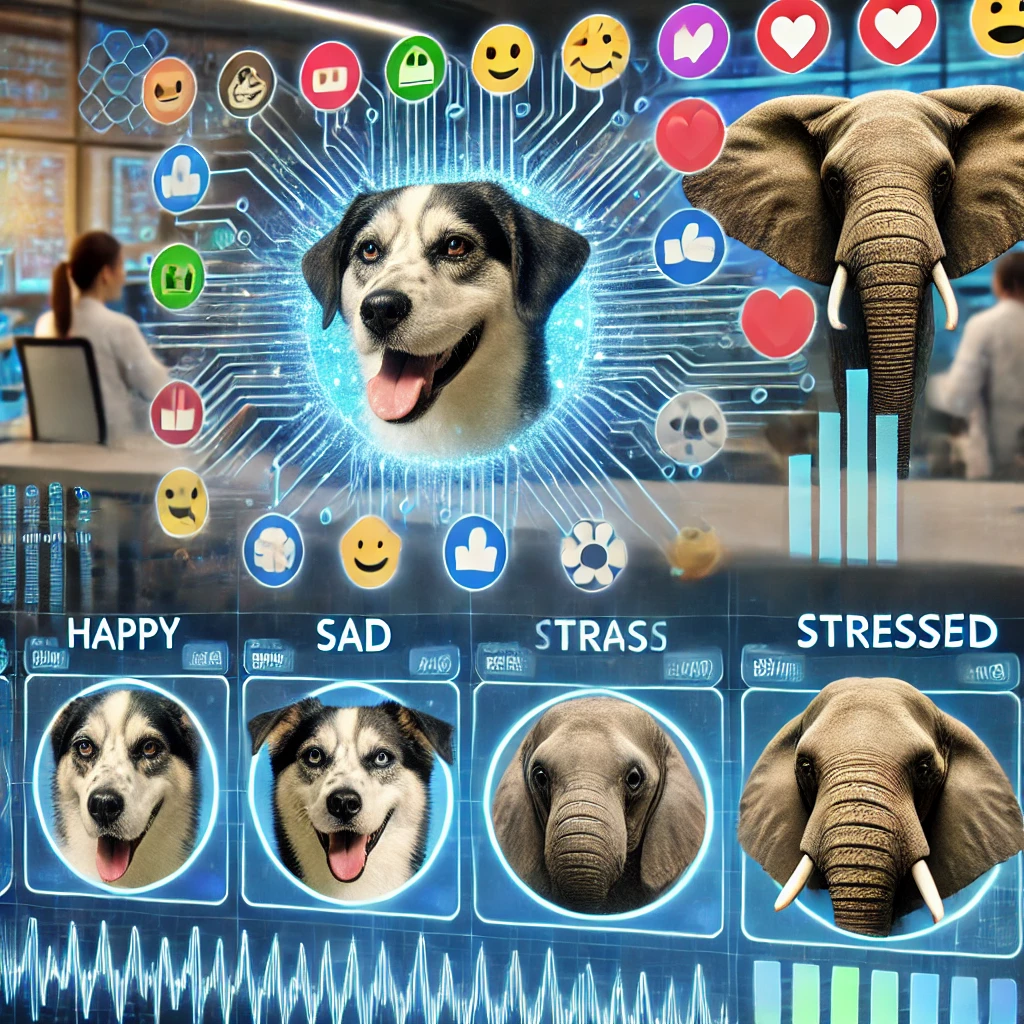
AI CERTS
3 months ago
AI Decoding Animal Emotions: A New Era of Human-Animal Communication
The world of artificial intelligence is expanding beyond human communication and delving into the realm of animal emotions. Scientists from various institutions are leveraging machine learning and neural networks to analyze a wide range of animal expressions, from the vocal patterns of whales to the subtle body language of dogs and elephants. By feeding AI […]
The world of artificial intelligence is expanding beyond human communication and delving into the realm of animal emotions. Scientists from various institutions are leveraging machine learning and neural networks to analyze a wide range of animal expressions, from the vocal patterns of whales to the subtle body language of dogs and elephants.
By feeding AI models vast datasets of audio recordings, video footage, and physiological readings, researchers can train systems to recognize patterns in animal behavior linked to specific emotions, such as stress, happiness, fear, or excitement. This technology could be transformative in improving zoo and farm animal welfare, preventing poaching through AI-monitored conservation programs, and enhancing how pet owners understand their furry companions.
Moreover, AI-powered emotion recognition in animals could play a crucial role in climate change research. As environmental stressors impact animal populations, AI can track behavioral changes and provide real-time insights to biologists and conservationists. The future of AI-driven animal communication holds promise for strengthening the bond between species and fostering greater empathy for the natural world.

Key Developments:
- AI Decoding Pig Emotions: European researchers have developed an AI algorithm capable of interpreting pig sounds to assess their emotional states. This tool aids farmers in identifying negative emotions, thereby enhancing animal welfare. reuters.com
- Facial Recognition in Pigs: The Intellipig system utilizes AI to analyze pig facial images, alerting farmers to signs of pain or distress. Implemented in farms, this technology monitors pigs daily, ensuring timely interventions. gizbot.com
- Deep Learning for Canine Emotions: Researchers have applied deep learning models to classify dog emotional states from facial expressions. By analyzing images collected in controlled settings, AI systems can distinguish between positive anticipation and negative frustration in dogs. arxiv.org
- Birdsong Decoding: Scientists are employing AI to decode birdsong, uncovering complex communication patterns among bird species. This research enhances our understanding of avian social structures and interactions. newyorker.com
Implications:
The integration of AI in interpreting animal emotions offers numerous benefits:
- Enhanced Animal Welfare: By accurately identifying signs of distress or discomfort, AI enables proactive measures to improve living conditions for animals.
- Advancements in Conservation: Understanding animal emotions aids in monitoring wildlife health, informing conservation strategies, and promoting biodiversity.
- Improved Pet Care: AI-driven tools provide pet owners with insights into their animals' emotional well-being, fostering stronger human-animal bonds.
As AI technology continues to evolve, its application in decoding animal emotions is set to transform our interactions with the animal kingdom, leading to more empathetic and informed care practices.